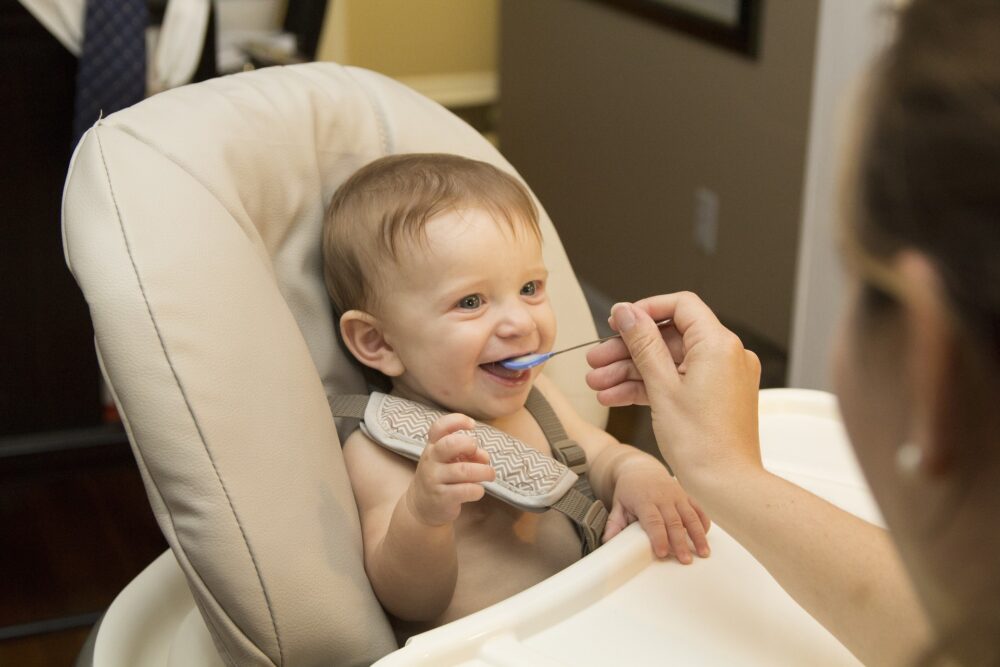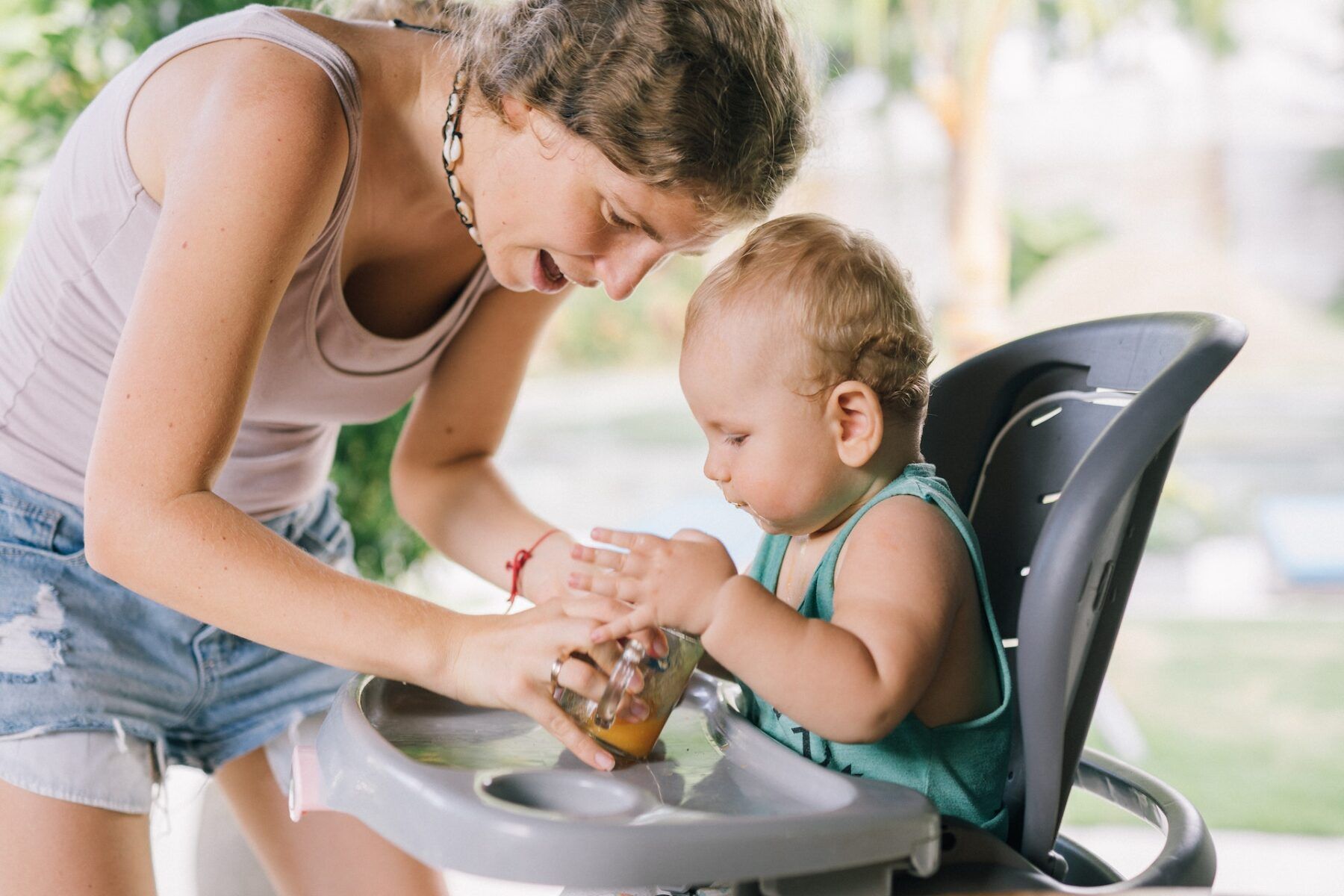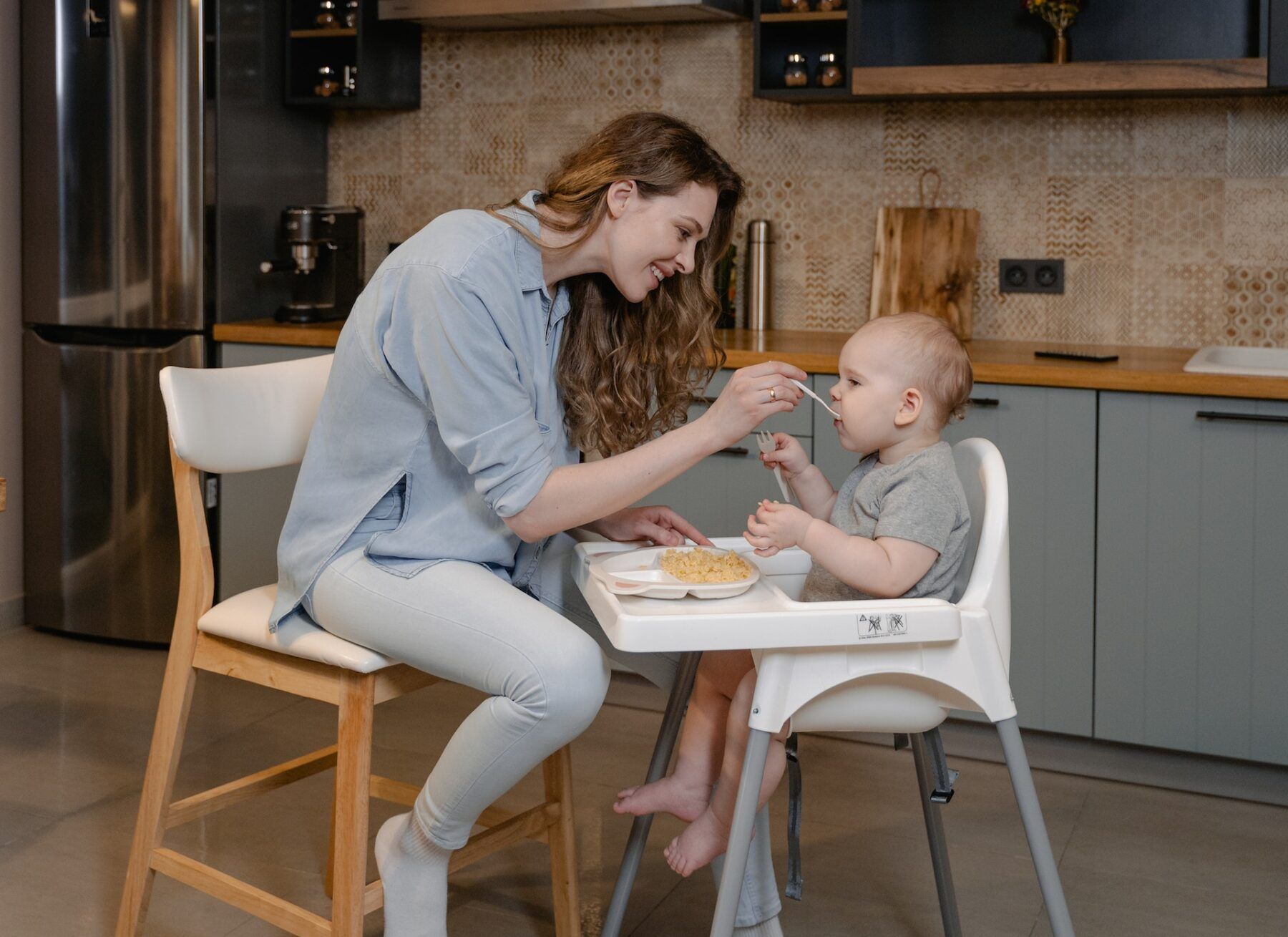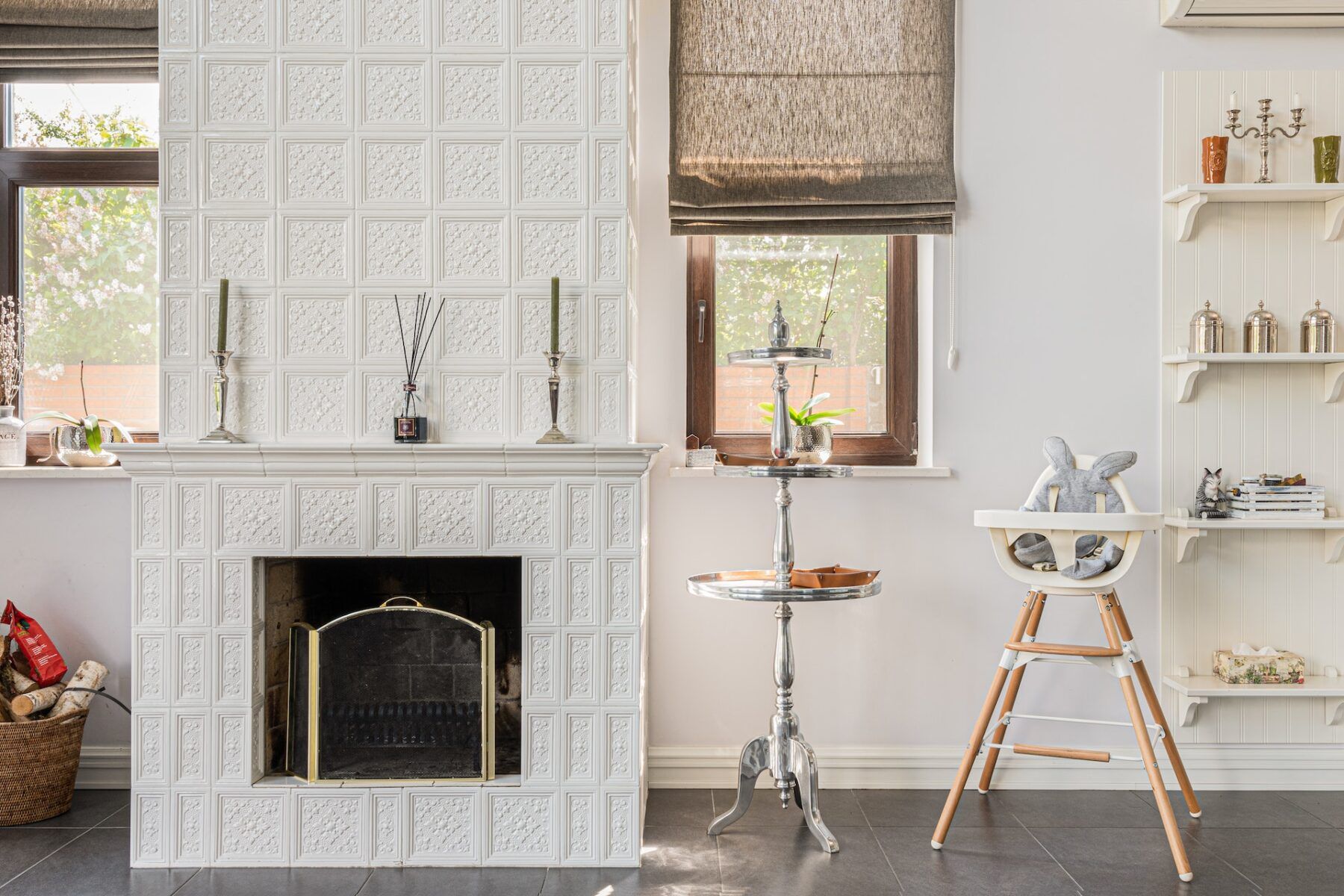Guide for Highchairs
5 min read
Last Modified 21 October 2024 First Added 2 June 2023

Is it that time already? They grow up so fast! Congratulations on reaching this exciting new phase of parenting.
Highchairs are one of the most useful baby equipment you will need on this crazy weaning journey.
This guide will cover everything you need to know about highchairs; from advantages to disadvantages, when you need a highchair, highchair vs booster seats, and finally, some safety guidelines.
Babies typically use highchairs from around 6 months, this is when you begin the baby-weaning process to get them eating solid foods. Highchairs usually last until your child reaches 3 to 4 years old.
Your baby can use a highchair when they can sit up comfortably, with a degree of posture stability.
If your little one can hold their head up steadily or sit up with little or no support, then they are ready according to the NHS.
A highchair is used to keep your baby sat in an upright position for maximum safety whilst eating. Eventually, a highchair will be used to teach your baby how to self-feed which leads to their independence. (How exciting!)

Some may recommend other methods, such as lap feeding.
We only recommend this method if you are advised to start weaning your child early, for example, at 4 months old.
However, lap feeding lacks the necessary support for swallowing solid foods, therefore, your baby will probably only be eating thin purees.
Below are some advantages and disadvantages of having a highchair:
| Advantages | Disadvantages |
|
|
Many parents wonder what the difference is between a highchair and a booster seat, and which is most effective for their baby.
A highchair is positioned at a height to make it easier for you to feed your baby.
A booster seat is a smaller, lighter version of a highchair, typically secured to a chair at the table.
Here, we look to draw a comparison between the two to make it easier for you to know the difference and pick which is most suited for your family.
Identify which factors are most important for you, and choose which you’d prefer, a booster seat or a highchair.
| Pros | Cons |
|
|
| Pros | Cons |
|
|

When making your purchase, we advise you to take into consideration the following features. Use these qualities to choose which highchair will be best suited for your lifestyle, home and personal preference.
Just like car seats, the most important feature is a five-pint harness for young babies to keep them secure and safe whilst in the highchair. Otherwise, be sure there is a secured safety strap that can help prevent injury.
Be sure to also check that there are limited areas for your babies’ fingers to get pinched or trapped.
And if your highchair comes with wheels, insure it can lock to prevent the highchair from moving when in use.
Think about how many removable parts come in your preferred highchair, ideally removable parts help make the cleaning smoother, but you don’t want to take apart the whole highchair just to do a little cleanup.
You may be able to unhook the tray, remove pads, etc.
Look for highchairs that have removable, washable covers, and very few nooks for food or liquid to get caught in.
Keep in mind, it would be perfect for your preferred highchair to have multiple functions or be able to grow with your child.
Some highchairs are used for multiple developmental stages and activities
Look for highchairs that have seat height adjustments or a removable tray, this way you can ensure the right highchair can last over a long period!
We recommend measuring or knowing roughly how much space you need for the highchair when out, you need to make sure that there is enough space for the base to be sturdy to ensure minimal risk.
If you are trying to fit a highchair into a small space, we recommend searching for a foldable highchair that can be put away after use to maximise your space.

If your little one is ready for a highchair, keep these few points in mind to keep your baby safe!

To read our disclaimers, please click here.